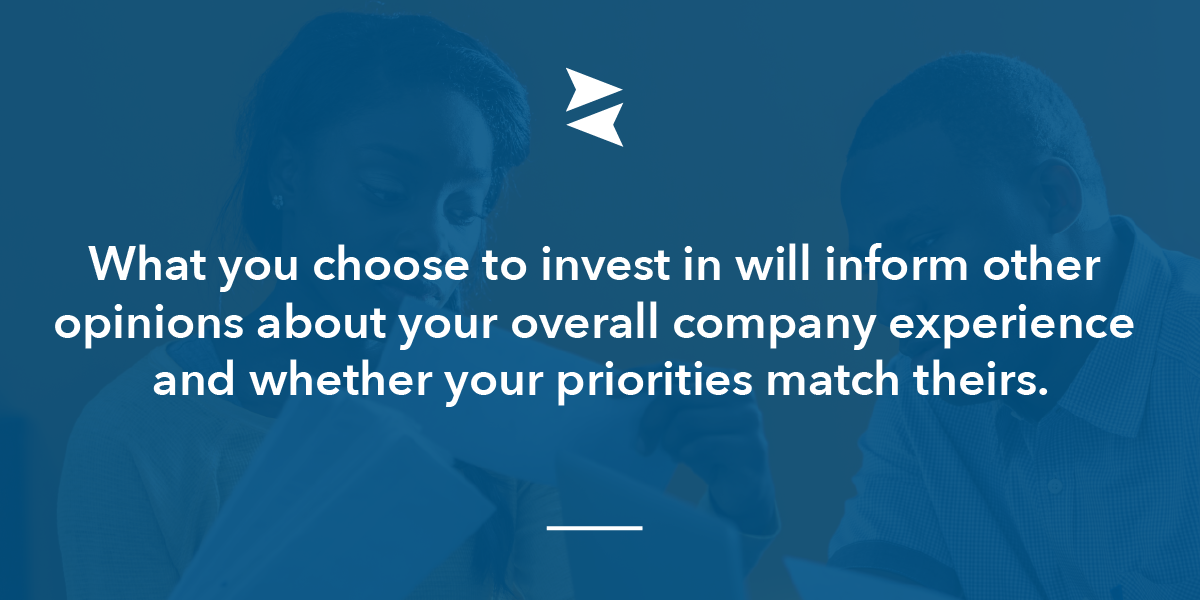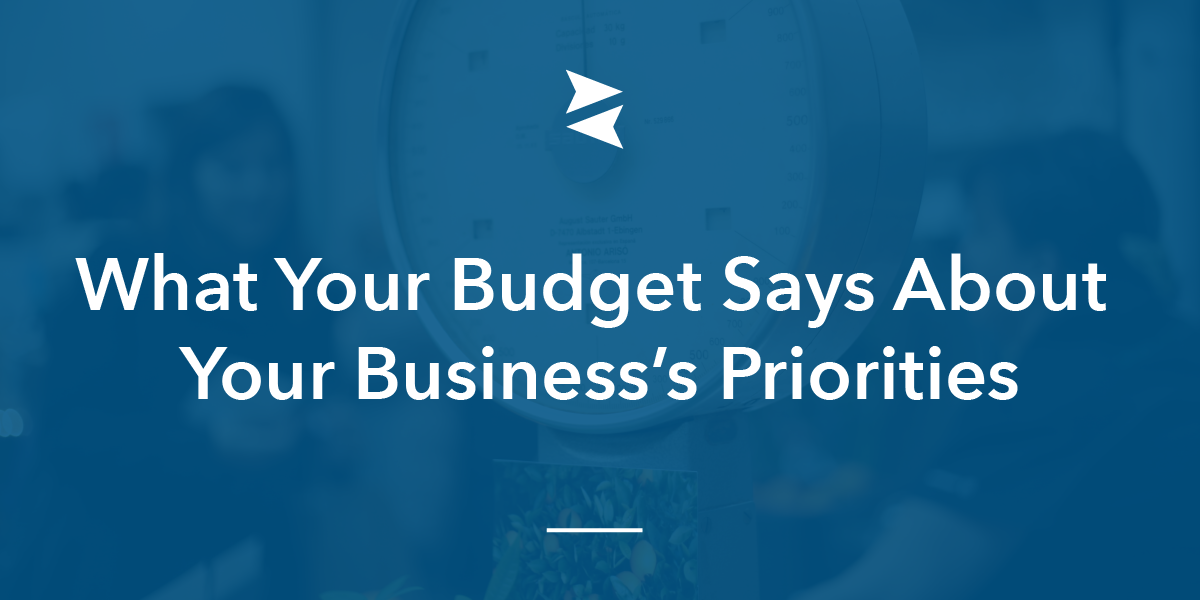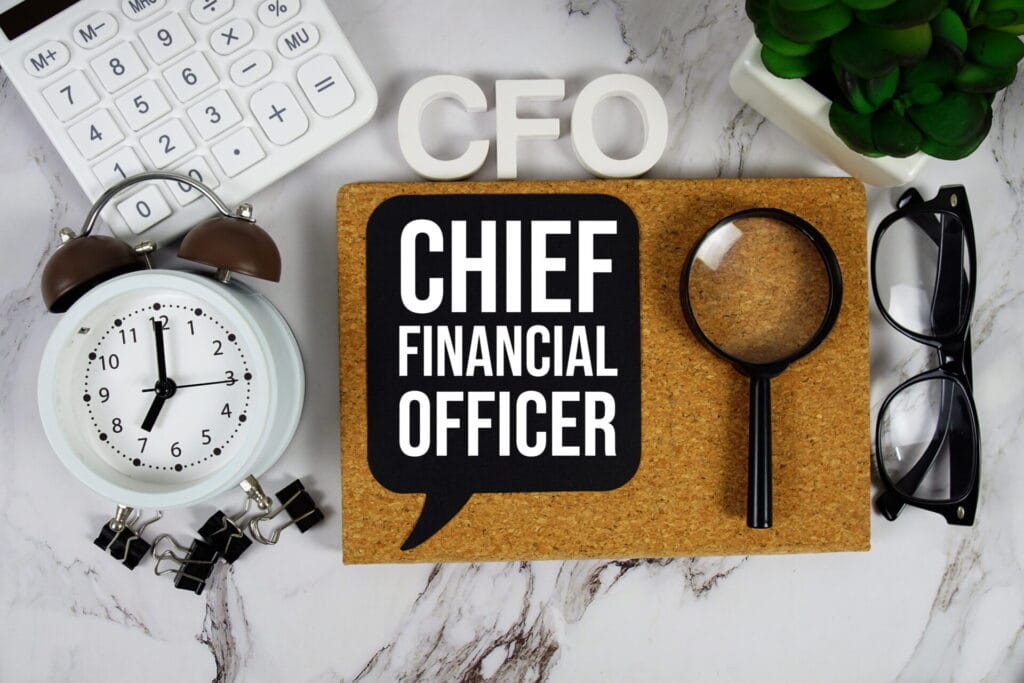When it comes to conveying what your company is passionate about, many business owners start by putting pen to paper and writing out their mission statement. Obviously, this is important. As a brand, a mission statement allows you to own your organization’s public-facing story. But aside from what you write about your commitment to your community, there’s another way you can demonstrate what your company stands for and how you plan on changing the world: Your budget.
The way you spend your business’s capital represents not just what your team values, but what you value as a leader. You want to build a budget that paints an accurate picture of how you prioritize each part of your business.
Take Control of Your Business’s Financial Future:
Download the indinero Guide to Creating a Budget
Put Your Money Where Your Mouth is with the Right Business Budget

Any experienced business analyst will be able to glance at your financial statements to quickly understand whether you’re investing in the long-term or can only see as far as the next month.
If you want to apply for a bank loan or line of credit or bring on investors to help grow or sustain your business, you’ll need to demonstrate you know how to use that money wisely. Your spending history and financial plans should reflect efficient growth activities and responsible allocations of funds.
That being said, in the eyes of your employees—or potential customers who simply follow your company’s progress—small choices to invest in quality, quantity, and everything in between can lead them to infer a lot about your overall company experience and whether your priorities match theirs.
Examples of What Your Business Spending Habits Might Tell Others:
Benefits/HR: Not just perks, but the benefits package you offer your employees shows how much you care about employees’ health, lifestyle, and overall well-being.
Employee Satisfaction: Jason Fried (Founder & CEO of Basecamp) recently wrote about his company’s commitment to profitability. Aside from the reasons he details, striving towards a profitable bottom line shows your employees that you place the utmost importance on the company’s longevity, which in turn translates to job security.
Design: Investing in a designer for your marketing or product teams not only means you want to make aesthetic improvements to your brand, it also indicates that the overall experience of working with or for your company is improving.
Research & Development: Investing in R&D activities shows that your company values innovation and, in some industries, might indicate your commitment to improving the environment or community.

A Budget Can Do More Than Just Ensure You Cover the Basics
Case in point, budgets are not only extremely helpful for keeping track of your regular expenses (and keeping your company OUT of harmful debt), but also for taking ownership of your company’s future.
Above are just a few examples, but the real task is putting together a budget that reflects:
- Who you want to be as a company
- Where you want to have the most impact
- How you want to get to your end goal
Once you decide on these objections, you can work back from milestones and achievements to fill in the financial obligations (baseline expenses) as well as make conscious spending decisions.
In the process of creating indinero to address common founder accounting qualms, our co-founders uncovered some of the best ways business owners can find empowerment in their finances. From there, we’ve packaged our tips for creating an ambition-based financial plan in The indinero Guide to Building a Small Business Budget:





